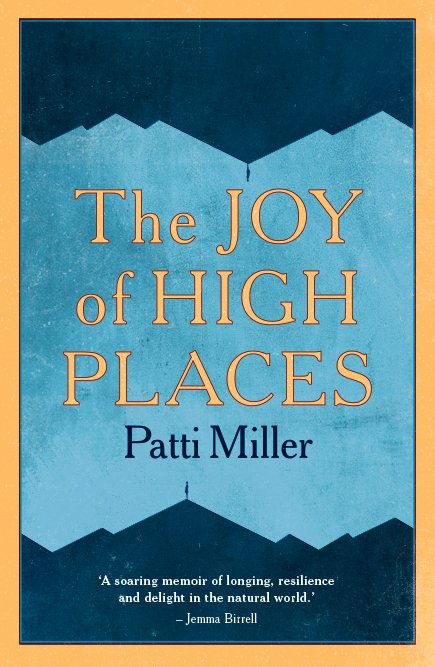The human longing for the mysterious, liberating joy of wild nature has always fascinated me. So much of art, literature and music originate from this longing, but even on a daily level, most people love to have a break in the beauty of nature. And yet we live in a time when the natural environment is shrinking and climate change is threatening our very existence. To me, an important part of this book is the way it joyfully acknowledges and celebrates what we need to protect.
I am a long distance walker; I step out across the country for hundreds of kilometres at a time, traversing plains, mountains, valleys, rivers, day-by-day at the slow pace of walking, so that I see the world in detail – ‘Wood sedge, rock hair, witch’s hair, spotted black foot, golden pine lichen, little clouds, coral crest, tree lung-wort, heather-rags, woolly hair moss: their names a chant of old cures and spells’. At first, I wanted to celebrate ‘slow travel’, walking across the countryside in a daily communion with nature. I researched the biology, geology and cultural history of walks, finding a richness and depth of knowledge and experience in the simple act of walking. I concentrated on the close-up world, and as the contemporary English nature-writer, Robert MacFarlane, said, ‘concentration is an ethical act’.
In my research, I learned that walking was the turning point in the evolution of homo sapiens – that when we walked, our brains grew. It is almost as simple as that. And it is not just evolutionary; science has shown that our brains work better, more creatively, during and after we have been walking.
But then I remembered my brother who had fallen from the sky while paragliding and smashed his spine in several places, and who had been told he may not ever walk again. Through astonishing determination and courage, he taught himself to walk, struggling to take one slow, agonising step at a time. For him, walking was a necessary act to reclaim his old life, a long and painful journey lived in minutes and hours, in stark contrast to my delighted walking across hundreds of kilometres. I decided to tell his remarkable story of walking alongside mine.
I realised that in order to write about my brother learning to walk after he fell from the sky, I needed to find out why he risked his life to fly in the first place. I started interviewing him, in person and by email, and soon understood that for my practical and taciturn brother, flying was his access, not only to the ‘joy of high places’, but to a wild freedom, and even power. He found his one-ness with nature in the sky while I found it on earth.
In researching his story, I discovered that humans have longed to fly for thousands of years. There are myths in cosmologies all around the world – Indigenous Australian, African, Greek, Jewish – of flying imaginary creatures, and of winged humans. Icarus is the most famous in western mythology, the boy who joyfully flew too high and the sun melted the wax holding his wings to his shoulders and he fell to his death, a warning to those who try to break free of human restraints.
I explored this element of risk and danger, especially in my brother’s story. It is extraordinary that after breaking his spine, he still made up his mind to fly again. I marvelled at his courage and determination in the face of perhaps losing everything – all the progress he had made in great pain, could be lost. There is in humans a willingness to take huge risks for joy, beauty and freedom, a fact that inspires hope in our future.
In telling my brother’s story alongside my own, I discovered that the longing for connection to nature also powerfully connects us to each other. It is perhaps the place where we all meet, beyond nationality, class, politics and culture. The Joy of High Places is a way of observing and celebrating that connection. Writing about nature is not a dreamy romanticism, but is part of what Robert MacFarlane calls an ‘ecological aesthetic’, a way of inspiring awe and a fierce desire to ‘fight for the living world’, through literature that delights in natural beauty. I think The Joy of High Places is for anyone who experiences pleasure and wonder in the natural world and wants to see it safe for the future, as well as for everyone who is fascinated by the ways we connect and understand each other.
Patti Miller's book The Joy of High Places will be published by NewSouth in August 2019.

